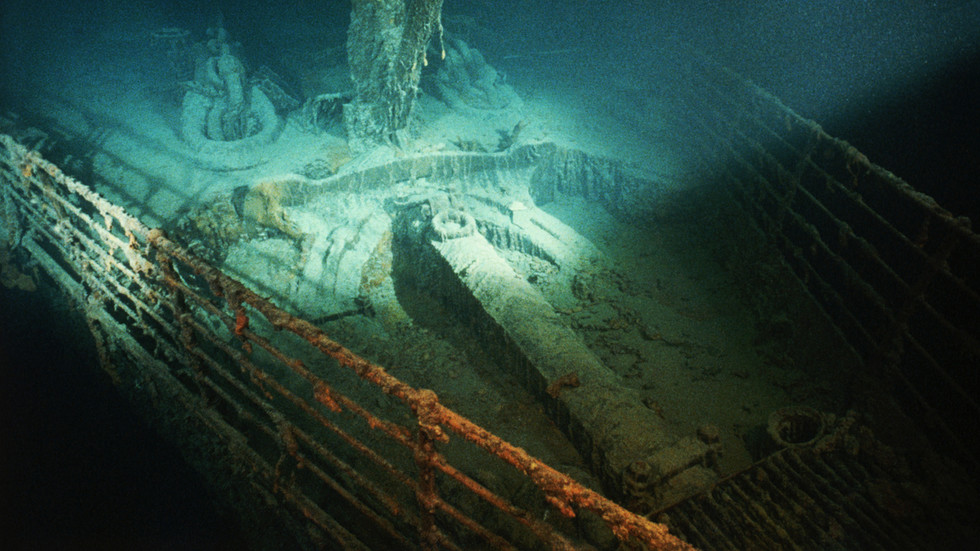The 1985 expedition to the sunken ocean liner was a front for testing a new deep-sea imaging system, the head of the mission has said
The 1985 discovery of the sunken RMS Titanic by American researchers was in fact part of a broader, covert US Navy mission aimed at testing a newly-developed deep-sea imaging system, the expedition’s head, Bob Ballard, has told CNN.
In an article published on Monday, the media outlet quoted the researcher as saying how after an unsuccessful initial attempt to locate the resting place of the ocean liner in the 1970’s, he turned to the military for funding to develop a remotely operated underwater vehicle that could transmit live footage to a ship above.
Eventually, the US Navy agreed to provide financial support for Ballard’s deep-sea imaging system, dubbed the Argo. He revealed that the “Titanic [search] was cover for a top-secret military operation I was doing as a naval intelligence officer.” He clarified that his defense sector backers “didn’t want the Soviets to know” about those activities.
According to CNN, military officials intended to deploy the system to examine two sunken US nuclear submarines, the USS Thresher and the USS Scorpion, with a view to using it later for “broader Cold War intelligence-gathering purposes.”
Ballard assisted the US Navy in the examination of the said two vessels, with the time spent on the search for the Titanic serving as a “cover story for the Navy’s secret mission,” the publication said.
The Titanic, which was one of the largest passenger liners of its time, sank on April 15, 1912 off the coast of Newfoundland, Canada after hitting an iceberg during its maiden voyage from Southampton, UK to New York City. Of the estimated 2,224 passengers and crew aboard the liner, more than 1,500 people perished, making the incident one of the deadliest of its kind in modern history.
You can share this story on social media:
Read the full article here


